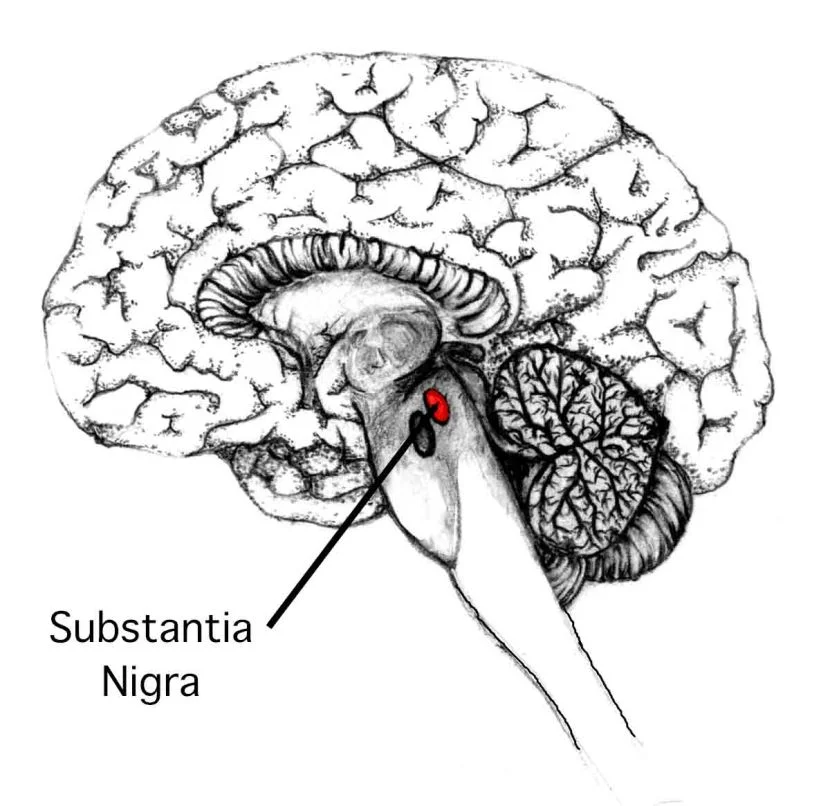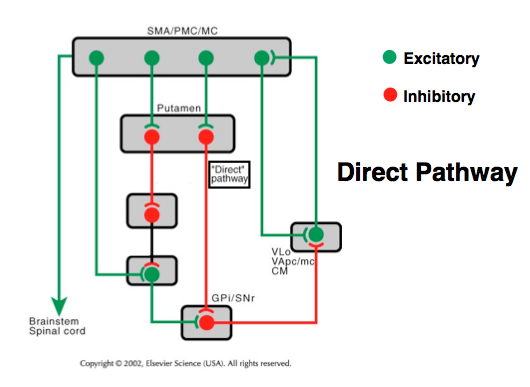Answer: MPTP is converted into a neurotoxin that specifically targets midbrain dopaminergic neurons. We learned that these neurons are essential for normal movement.
From https://cen.acs.org/articles/91/i47/Pesticide-Connection1.html
MPTP itself is not a poisonous compound. It is often formed as a byproduct during chemical synthesis of MPPP, a psychoactive opioid-like drug. MPTP in the bloodstream crosses the blood-brain barrier, where it is acted on by monoamine oxidase B in glial cells. The byproduct of this enzymatic reaction is MPP+, which is neurotoxic. MPP+ destroys cells by inhibiting complex 1 of the mitochondrial electron transport chain. This results in the accumulation of free radicals that destroy organelles, leading to cell death.
In 1976, a chemistry graduate student who synthesized MPTP injected himself with the compound and quickly developed bradykinesia and tremor, two motor symptoms of Parkinson’s disease. Later, in San Francisco in 1982, six people took MPPP contaminated with MPTP. They soon developed Parkinson’s like symptoms. These cases were documented by J. William Langston is his book, The Case of the Frozen Addicts.
Langston later conducted studies demonstrating that MPTP injection also resulted in Parkinsonism in monkeys. This form of Parkinsonism was reversed by treatment with L-DOPA, the clinical gold standard for treatment in humans. Following these findings, many advances in understanding the symptoms of Parkinson’s disease were developed using MPTP lesion models in primates and rodents.
It may be possible that the onset of spontaneous Parkinson's disease in humans is due to exposure to MPP+ in the environment.










